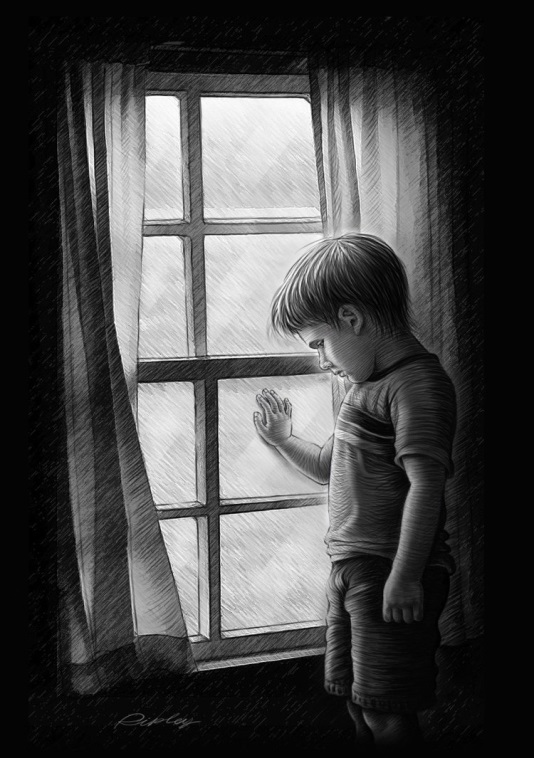 Some kids seem to get stuck in sadness. A boy may be grieving for his Dad or Step-Dad, who left without saying good-bye. A girl might be sad about leaving her friends behind in the sudden move the family made to a new home and for her, a new school. There are many reasons for sadness to take up residence in one’s emotional arena and sometimes it seems to be almost permanently lodged there. What can you do as a parent to help? Well, here are a few suggestions—
Some kids seem to get stuck in sadness. A boy may be grieving for his Dad or Step-Dad, who left without saying good-bye. A girl might be sad about leaving her friends behind in the sudden move the family made to a new home and for her, a new school. There are many reasons for sadness to take up residence in one’s emotional arena and sometimes it seems to be almost permanently lodged there. What can you do as a parent to help? Well, here are a few suggestions—
First, I think it’s important to let your child know that while sadness is just one of the emotions that all people feel, it’s really not O.K. to just let ourselves wallow in it. When we’re sick, we go to the doctor so we can find out how to help ourselves feel better. Sometimes we have to take medicine, but sometimes the medicine might be only popsicles for a while until the nausea goes away. When we’re sad for a long time, then we have to try to cheer ourselves up. It’s always nice if someone else comes along to cheer us up, but we can’t always count on that, so we have to grab ourselves by the shoulders and say “Look, let’s do something to change our mood!” If you let yourself stay in negative moods over long periods of time, your body stops producing the chemicals and hormones that promote good feelings and that’s not a future anyone wants to have.
If sadness is a longstanding problem, then try making a list or all the things that your child might do to cheer him/her up. On the list might be sing a song, call a friend, make cupcakes, play with a favourite toy, play with the dog. Every time your child does something that works to improve his/her mood, then put it on the list, to be used in the future. It’s hard to think of these things while you’re feeling sad, so that’s why the list is important. The activities are important here, but even more important is the fact that I am taking action on My behalf. Your child will start to feel better instantly because he/she will feel a sense of control over the negative mood, and that really feels powerful.
I also think it’s very helpful to take your child’s emotional temperature, especially when you’re concerned about sadness. Make a scale that looks something like this:

1 2 3 4 5 6 7 8 9 10
And ask your child to rate his/her sadness, with ten being happy and 1 being very sad. This will help you keep track of whether the situation is getting better or worse, but also give you a way to focus the conversation. If he/she says it’s a 10, or sometimes, kids say “100” to make a point, then you can zero on what’s making it so bad and also try to guide him/her into thinking about what might bring it down to a 9 or 8, or make it just a bit better. It can also give you some ideas of what’s causing the problem. For instance, if Tuesdays are always 1 and 2’s then you might look into what’s different about Tuesdays. Keep all your scales—the information could be very useful in the future. Kids, for that matter, most people, don’t always have the words to describe their strong feelings, but kids as young as 3 can usually come up with a number that describes bigger or smaller. It empowers kids to be able to communicate clearly and effectively in this way.
Hope this is helpful. Let me know.